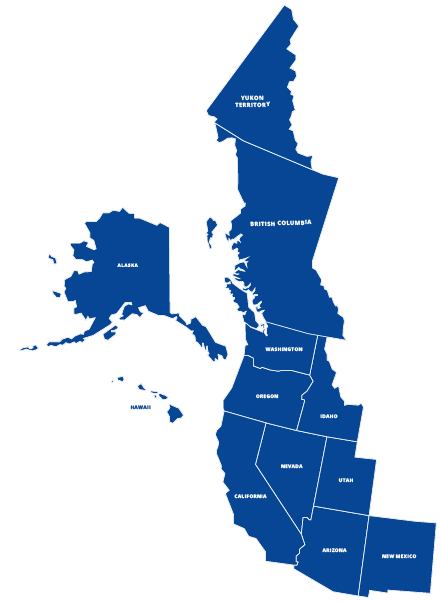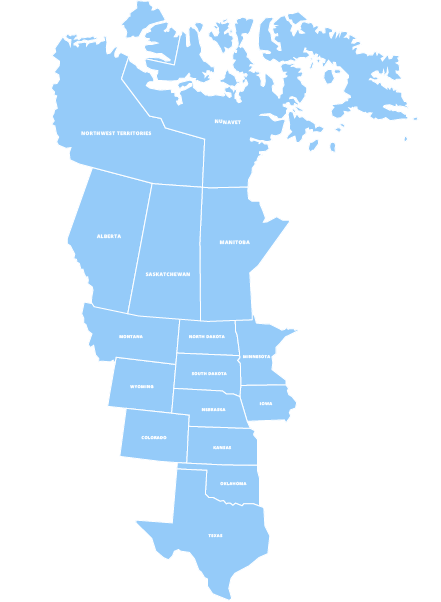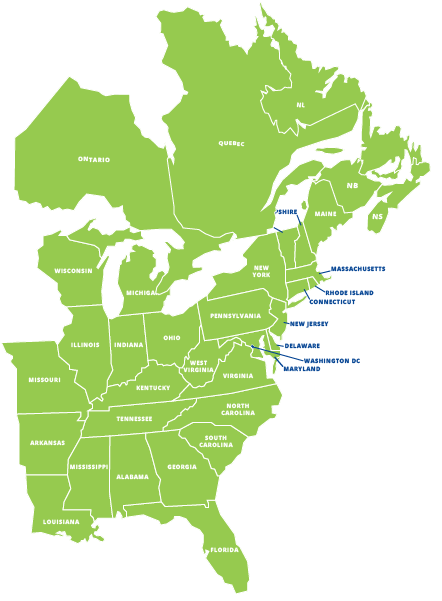I operate a large boarding facility and doggie daycare in Southern Florida. The upkeep of the grass and annual replacement costs led me to consider utilizing artificial turf as a permanent solution. I spent about 7 months researching various companies and products and learned more than I thought I’d care to know about the stuff. If you’re considering artificial turf for your doggie daycare or boarding facility, I know you’ll find this information beneficial.

There are 3 main components that make up artificial turf:
Backing – holds the grass in place
Infill – holds the blades up and protects the backing
Blades – the green stuff, visible to the eye
There are many types of backing, infill and blades. I’ve found the ideal recipe of each for my part of the country and what I believe will work for pet play and stay facilities.
What to look for in each component:
Backing – Since the blades you choose will be woven directly into the backing you want to make sure the “Tuft Bind”( Tuft bind is the strength of the attachment of the yarn to the backing material of the turf and is measured in lbs/force.) is a minimum of 6 pounds since you’ll have playful dogs running and possibly trying to dig at the turf. The black rubber backing and not woven mesh backing is the only way to go when pets are the main focus. As a side note, I’ve had dogs dig holes in my grass, but once the turf went in, my “diggers” gave up when they realized they couldn’t get any digging satisfaction from the turf.
Infill – For years the two main choices for infill were rubber or sand, but I came across Envirofill www.usgreentech.com which is unlike any other infill product out there and is ideal for my application. It’s non-toxic and eco-friendly and has a natural quartz core, with an acrylic coating. The purpose of infill is to hold down the grass and protect the backing. I highly recommend Envirofill and no, they’re not paying me to say that. Another added benefit of using this product over black rubber is the heat factor. Black rubber infill gets very hot in the summer time, making dogs do the high-step, and once it’s hot it becomes tacky and can stick to dog fur. Envirofill actually cooled my black backing by 4 degrees in the hottest days of the year. This is a picture of an individual Envirofill grain, cut in half to see the quartz core.

Blade-you have to choose face weight, height and material when you’re shopping for a blade. For doggie day care lawns, the ideal face weight is a minimum of 60oz per square foot, height should be 1 1/8-1 3/4” tall and always, always 100% polyethylene.
To install or not to install, that is the question.
Artificial turf is as easy to install as carpet so if you’re handy and you have the time, you could install the stuff yourself. I chose to use an installer which allowed me to choose from all of the backing, blades and infills he or I had access too. The turf you choose will have a manufacturer’s warranty, standard is about 8 years and if you use an installer he should warranty his work as well.
Pros of Natural Grass-The initial cost is much less to install a natural lawn. Artificial turf is expensive to install on the front end, however it will pay for itself when you calculate being in business for a number of years and not having to water, fertilize, put in sprinkler systems, and replace the lawn annually, like I was doing. It cost me about $4,500 each year to replace the lawn and an additional $7,000 a year to maintain it. The high quality artificial turf I put in cost me about $80,000, but the benefits have far outweighed the cost and it’s an improvement that has given my facility year round curb appeal and resulted in increased business.
Cons of Natural Grass-Grass and mud make for a dirty combination, dirty employees, dirty animals, not to mention all the digging. Dogs are stuck inside when it’s raining and usually for a few hours if not the rest of the day after it’s rained because of the mud factor and fleas and ticks thrive in grass which is a problem when you’ve got so many animals from different households. If your facility gives a client’s dog fleas, you can bet they probably won’t be back.
Cons of Artificial Turf- Cost. It’s expensive to install the quality stuff that’s going to last. You’re looking at about $7.50 to $10/square foot installed if you use my suggested blend.
Pros of Artificial Turf-Curb appeal, the grass is green all year long, the dogs stay cleaner, employees stay cleaner,and the facility as a whole stays cleaner. No allergies or that redness that can occur with natural grass, no fertilizing, the dogs can be in and out of the pool without getting the pool full of grass and dirt and when it rains, as long as it’s not a down pour or lightening, we can stay outside. Even if there is a down pour, the dogs can go right back outside as soon as the rain stops. The best benefit of all is that my daycare business has increased 2 ½ times, even after raising the daycare rates 15%, which has helped offset the cost of the turf and after 8 years, it will have cost me the same as maintaining a natural lawn.
Here are some photos of the turf in use at www.pompanopetlodge.com.
One honest source of information you can believe in is [email protected]. (And he does not pay me either)
John Glorieux: 12 years managing the largest and one of the most innovative pet facilities in South Florida offering boarding, daycare training and grooming. [email protected]




